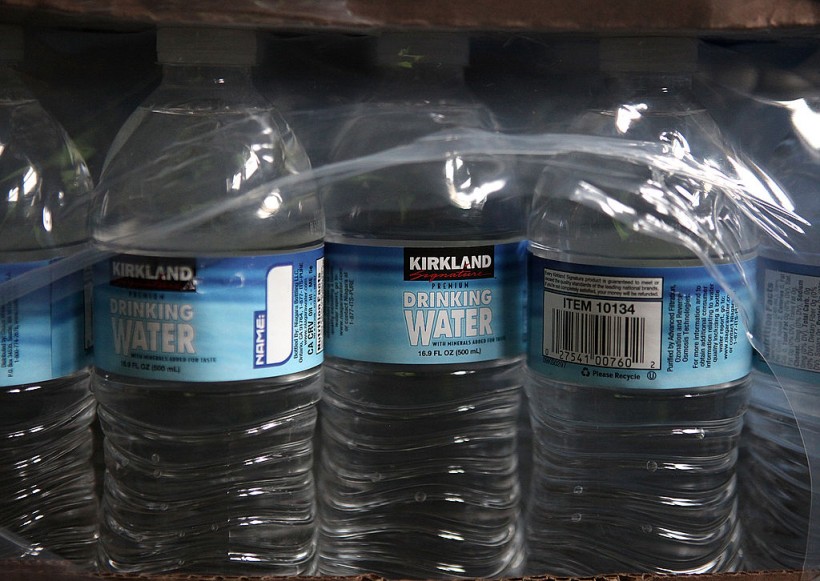The Environmental Protection Agency (EPA) recently announced newly established national limits for per- and polyfluoroalkyl substances (PFAS), commonly referred to as "forever chemicals," in drinking water across the United States.
PFAS are a class of chemicals known for their persistence in the environment, posing significant health risks even at minimal exposure levels.
EPA Announce First PFAS Limits on Drinking Water
According to CNBC, the EPA's decision marks the first time such limits have been set on six types of PFAS. These chemicals, known for their resistance to degradation, have been associated with a myriad of health issues, including cancer, heart disease, and reproductive problems.
EPA Administrator Michael Regan emphasized the importance of this action, stating that "One hundred million people will be healthier and safer because of this action."
"Drinking water contaminated with PFAS has plagued communities across this country for too long," Regan added.
The EPA's limits specifically target two widely used PFAS chemicals, PFOA and PFOS, setting their threshold at 4 parts per trillion in public drinking water.
Additionally, three other PFAS chemicals, including older versions like PFNA and PFHxS, and newer variants like GenX, are restricted to 10 parts per trillion. The EPA's standards reflect the lowest detectable levels, underscoring the agency's commitment to minimizing exposure to these harmful substances.
Read Also: Biden's Electric Vehicle Shift Loosens Up on Rules, But EVs Are Still the Endgoal
(Photo : Justin Sullivan/Getty Images)
SAN FRANCISCO, CA - MARCH 15: A case of bottled water sits on a shelf in an office on March 15, 2011 in San Francisco, California. The multi-million dollar bottled water industry continues to prosper despite outrage from environmentalists who point out that at least half of the empty bottles end up in landfills instead of being recycled. Environmental groups are encouraging people to use reusable containers and get their water from the tap which is safe to drink in over 90 percent of the United States.
The Threat of PFAS to Americans
Furthermore, the Washington Post reports that nearly every American has measurable amounts of PFAS in their blood, indicating the widespread nature of this contamination.
The federal regulation, which applies to 66,000 public water systems nationwide, will require utilities to conduct extensive monitoring and reduce PFAS levels to comply with the standards.
While the EPA estimates that only six to ten percent of utilities will need to take action, the cost implications are significant, with an estimated $1.5 billion per year allocated for compliance efforts.
The Biden administration has allocated substantial funding, including $9 billion from the bipartisan infrastructure package, to address PFAS contamination in water systems. This funding underscores the administration's commitment to mitigating the risks posed by these chemicals and ensuring safe drinking water for all Americans.
Despite these proactive measures, concerns remain regarding the broader scope of PFAS exposure. While the EPA's limits address specific PFAS variants, there are over 12,000 types of PFAS, indicating the need for continued vigilance and regulatory efforts.
The EPA's establishment of national limits for PFAS in drinking water represents an important milestone in environmental and public health protection. By setting stringent standards and providing necessary funding, the government aims to mitigate the risks associated with PFAS contamination and ensure access to safe drinking water for millions of Americans.
Stay posted here at Tech Times.
Related Article: US Government Rolls Out Strict Greenhouse Gas Emission Policy Targeting Heavy-Duty Vehicles







